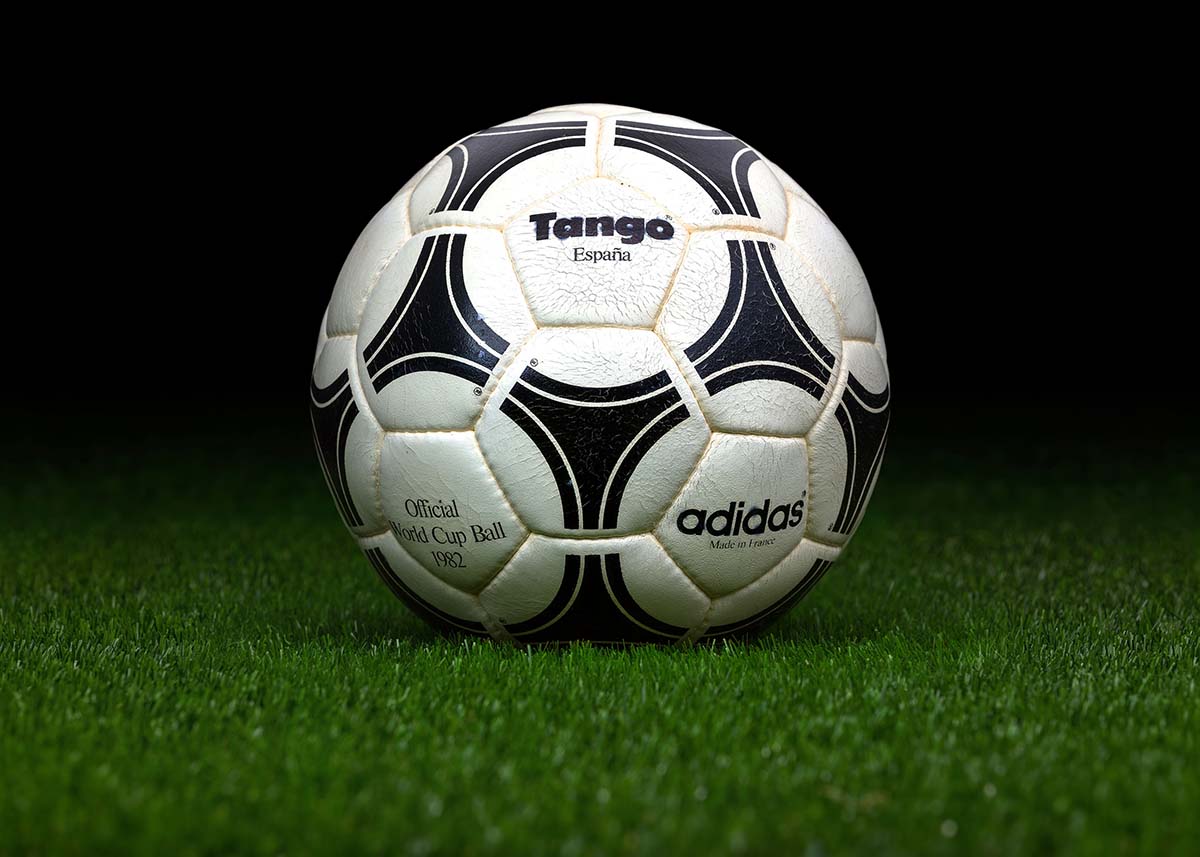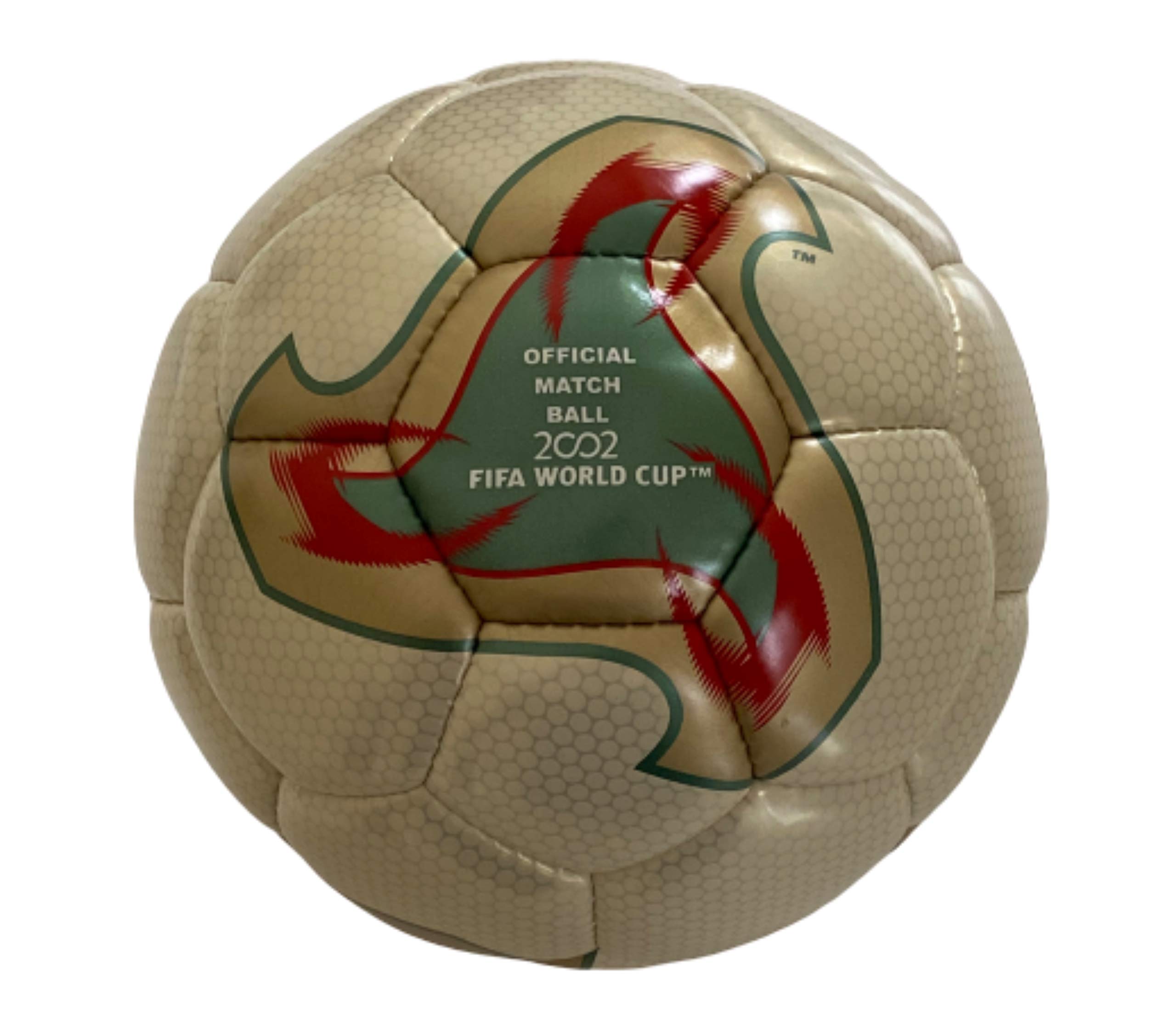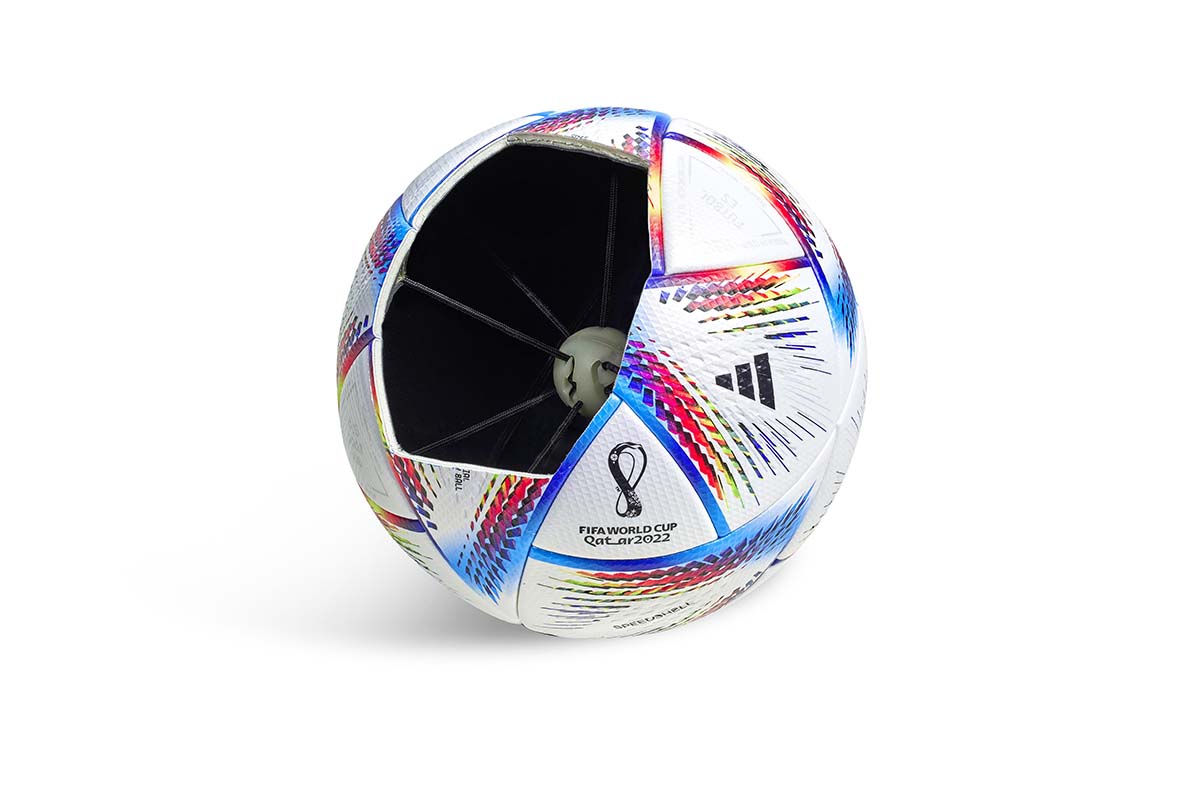From the Tango to the Jabulani, there have been plenty of iconic and polarizing World Cup match balls. But what is behind the impact they have on the culture of the game?
Football as a whole is massively scrutinized. From tactics to stats, players to kits, everything is looked at in depth by fans from every corner of the globe. During the World Cup, that seems to intensify. And one thing that is very much at the forefront of the discussions during the buildup to the big tournament is the match ball. Over the years, we’ve seen some beautifully designed match balls intensely revered among the hardcover devotees of football culture, me being one of them. But why do they hold such significance and where does the 2022 version come into the conversation?

The embracing of football culture has seen match balls increase rapidly in popularity across every major tournament in the game, especially in the World Cup. From the Telstar to the Fevernova to the Jabulani, World Cup match balls have provided us with some incredible moments across some pretty spectacular tournaments. From this, a lot of them are included in the hypothetical hall of fame when it comes to football culture.
Mexico 1970 was the first time adidas manufactured the tournament ball, with the first edition of the Telstar. Since then, there’s been some triumphant highs and interesting lows. The Telstar stretched two tournaments before the epochal Tango ball, which is cherished across the world from the hardcore to the casual. From there, we saw the introduction of the likes of the Azteca, which featured Mexican-style illustrations, the Etrusco, which featured similar Italian-inspired graphics, and then onto the Tricolore in 1998.

In the modern era, we witnessed the Fevernova, highly regarded as one of the best of all time despite the tournament itself strongly splitting opinion. The Teamgeist, the Jabulani, and the Brazuca all followed before the move to introduce some nostalgia into the game (we’ve not seen that before) when the Telstar returned for Russia 2018.
The match ball’s significance lies in that it is a main focal point of each game, meaning it has the potential to become an advertisement and a creative expression for brands. Alongside this, the chance to incorporate cultural aspects of a certain location is rife, which has been taken advantage of in the form of illustrations, colors, and patterns added to different balls that were all synonymous with the host nations of the tournament.
Having this potential places the match ball as quite a large cultural and lifestyle aspect of the game. Using the nation to inspire the match ball was such a clever move as it tapped into the emotions of the host countries, leading to increased anticipation and heightened excitement for the tournament if they weren’t already at a maximum.

The 2022 match ball looks to take things to the next level, not just in its design but also its technology. The same creative inspiration is present, with dedicated colors inspired by aspects of Qatari culture, and the ball has standard panel technology for flight, spin, and touch. But the fascinating aspect of this new ball, titled Al Rihla, is the link it has to VAR.
The 2022 World Cup match ball features a new connected ball technology which has been developed with the aim to enhance VAR throughout the tournament (VAR needs all the help it can get). The concept is that the ball will provide VAR officials with real time precise ball and player position data through a microchip that has been inserted into the ball itself. We’ve seen adidas dabble in this style of technology before with miCoach and their Smart Ball, but never before have we witnessed this technology used on a match ball in a tournament of this magnitude.
This move takes match balls to a new era, opening a new chapter for their development. Technology is a huge part of sports as a whole, but football is probably slightly behind others. With the rocky introduction of VAR, we saw the sport take a step towards great technological development of the game. But progression won’t stop there and this adidas innovation only shows a glimpse of what is probably planned.
I’m a traditionalist myself. I don’t agree with VAR, nor do I like it. Technological scrutiny of the game removes the chance for emotions, flare, and incredible moments leading to stories told for generations. However, it is a natural step for the game and is inevitable, no matter how much I kick and scream. The ball design is nice, and the technology is interesting, but it does not fit in with the icons of time gone by. The Tango, Teamgiest, and Fevernova will forever reign supreme over this ball. The main question now is, will it actually work? Knowing FIFA and football in general, probably not.








